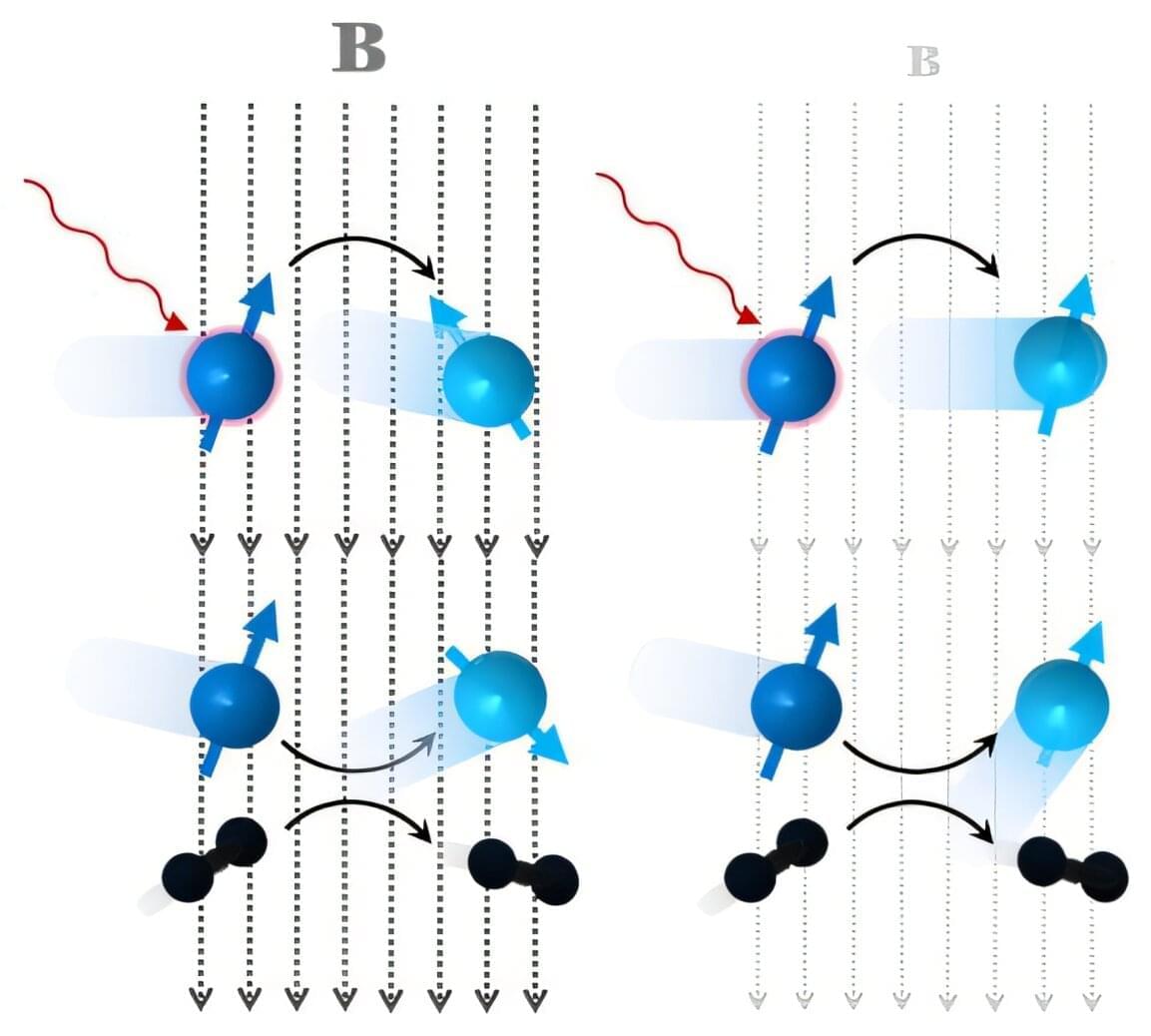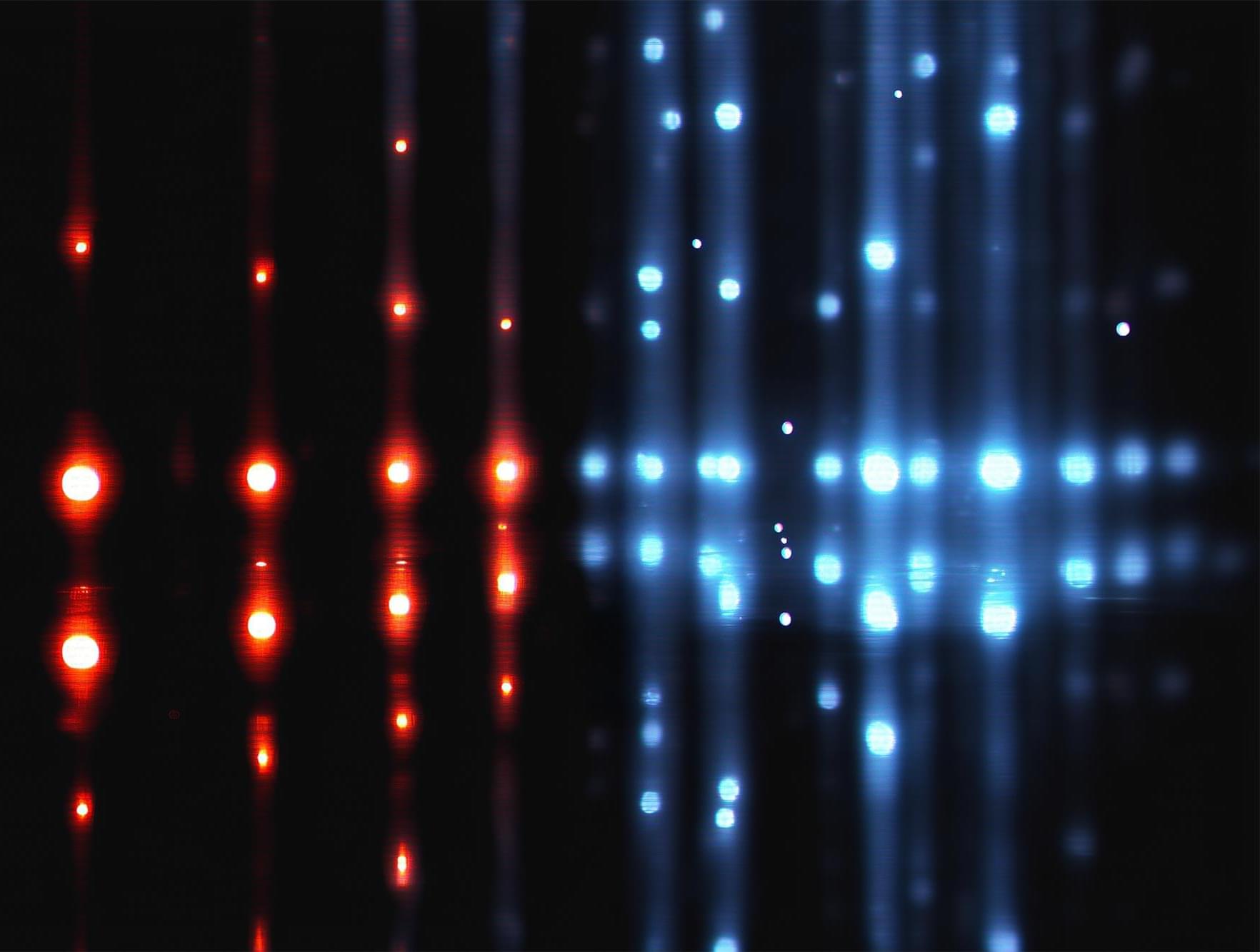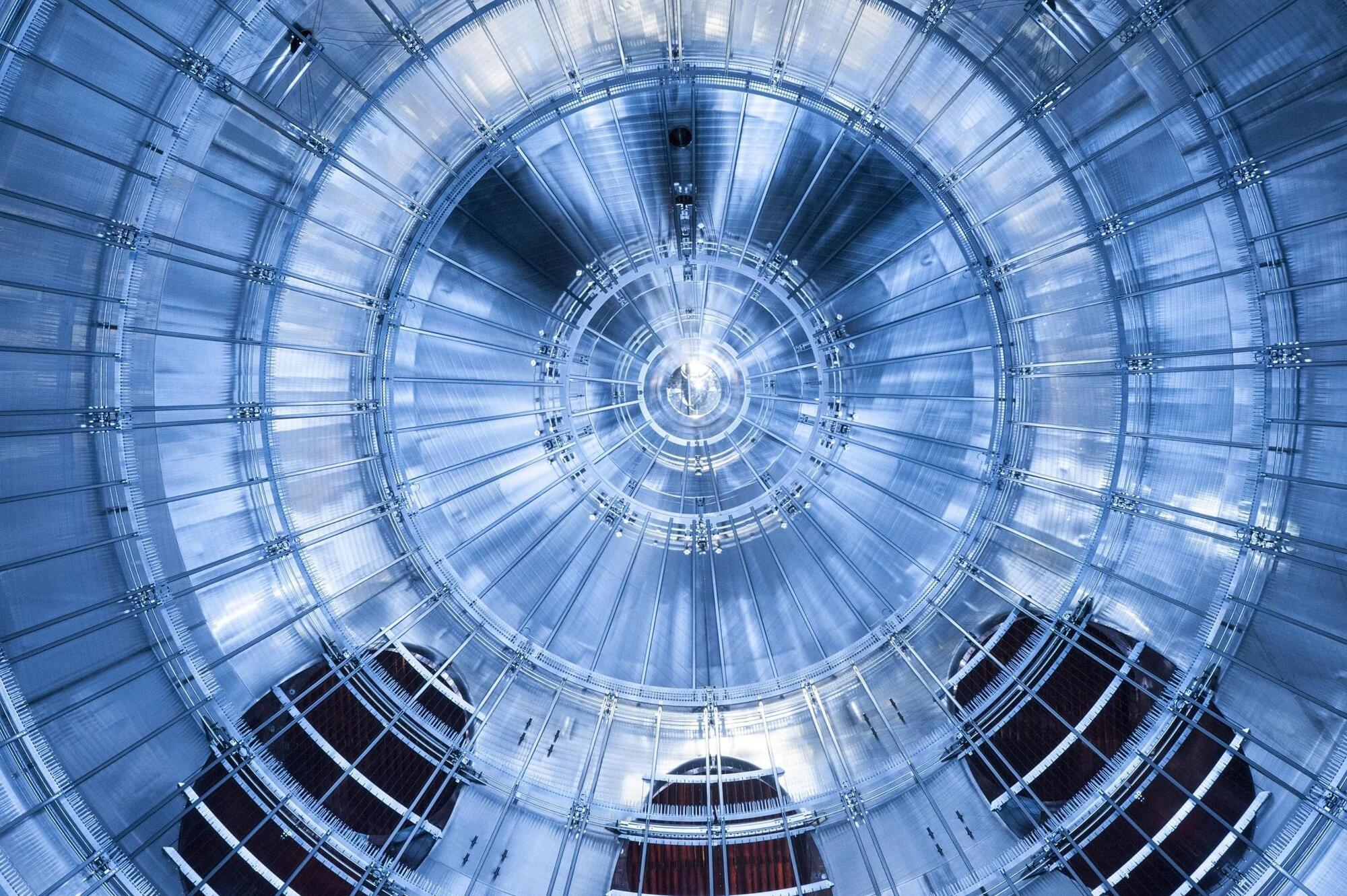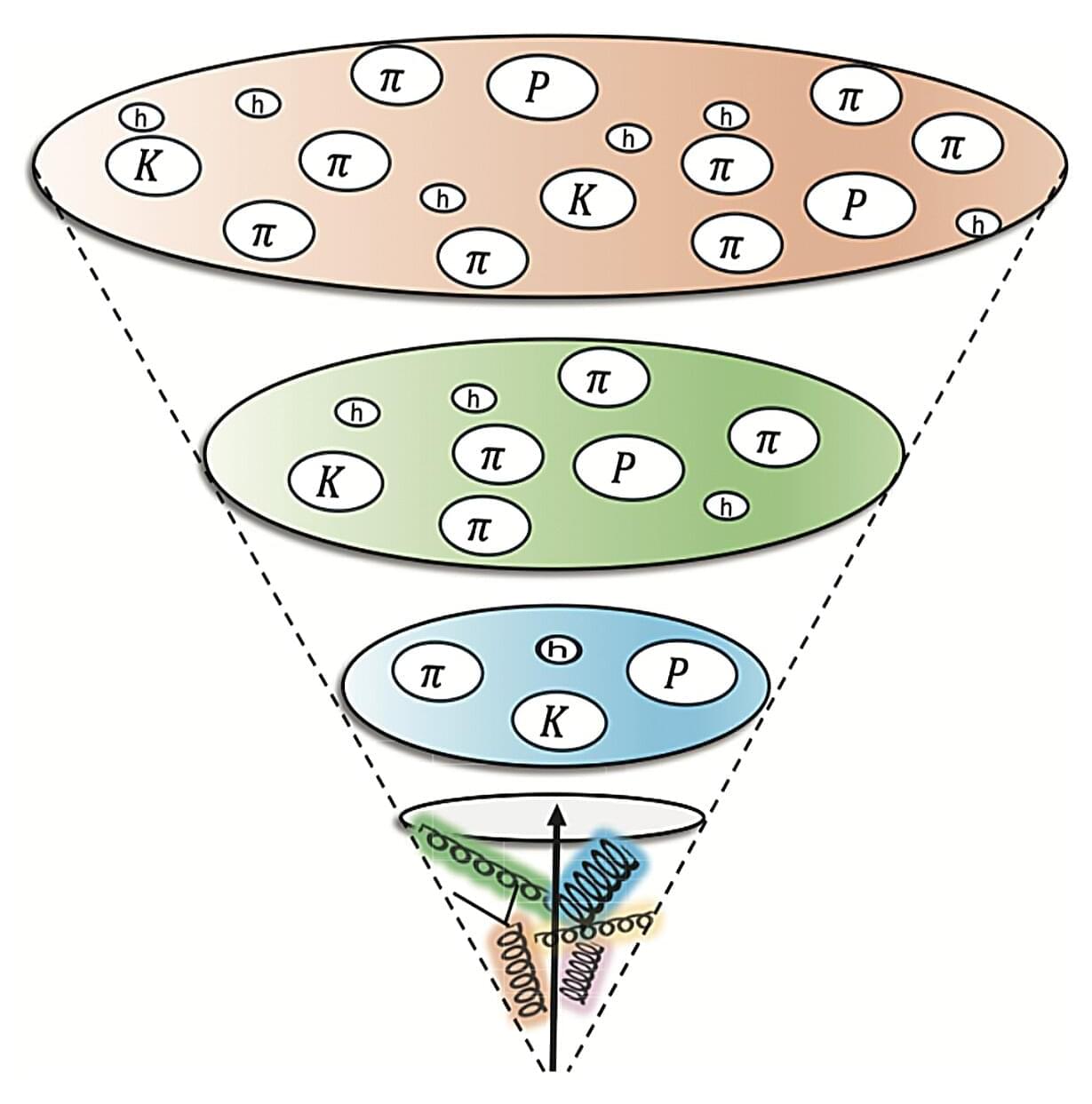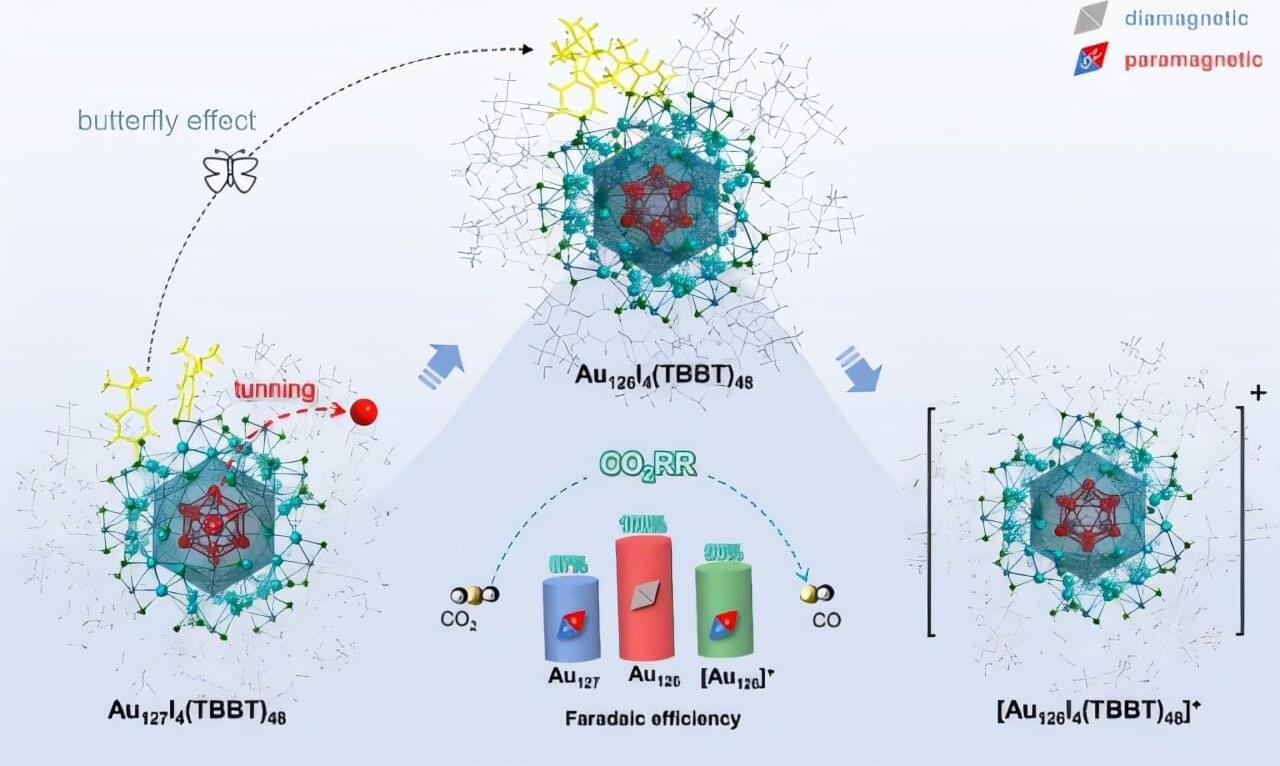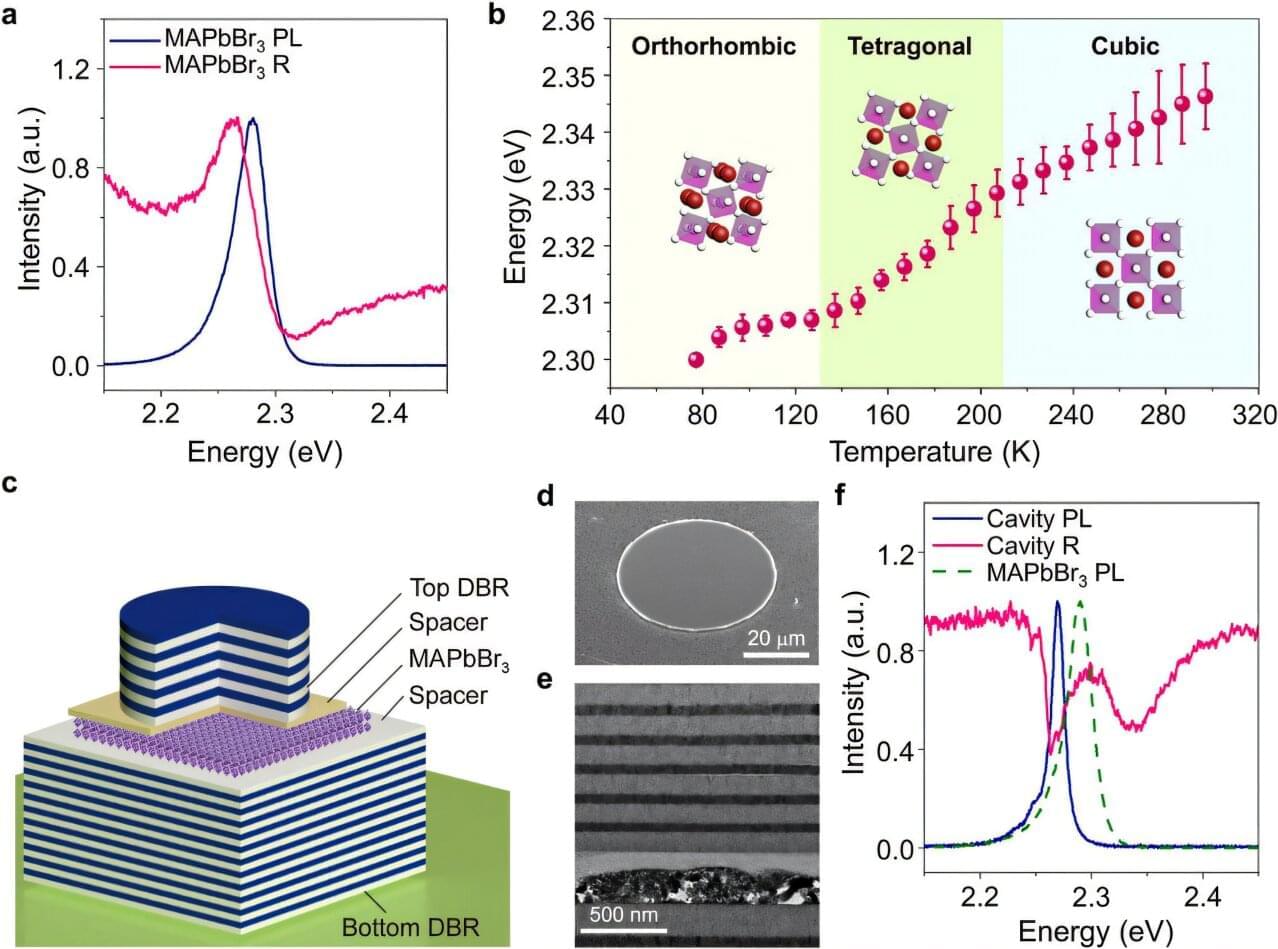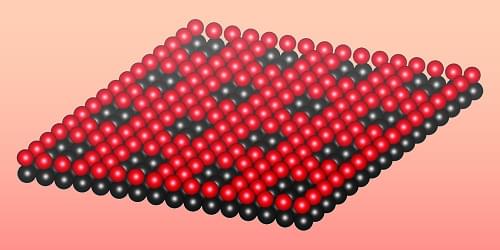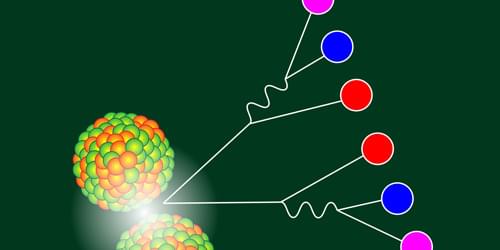A new study shows that electron spins—tiny magnetic properties of atoms that can store information—can be protected from decohering (losing their quantum state) much more effectively than previously thought, simply by applying low magnetic fields.
Normally, these spins quickly lose coherence when they interact with other particles or absorb certain types of light, which limits their usefulness in technologies like quantum sensors or atomic clocks. But the researchers discovered that even interactions that directly relax or disrupt the spin can be significantly suppressed using weak magnetic fields.
This finding expands our understanding of how to control quantum systems and opens new possibilities for developing more stable and precise quantum devices.
